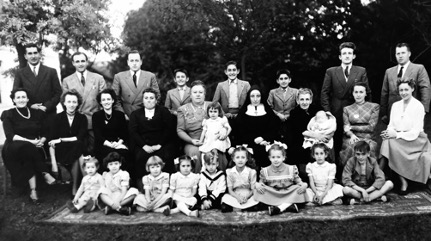A Photographic Quest for Poetic Imagery
In the summer of 2021, I began a strange journey with my photography. I had been couped up in my home almost the entire year due to a plague that hit our world. I needed to break out and explore that world again. So, I set out on a Photographic Quest on the first day of Summer. In this quest, there were many short journeys in and around my home base. This took me on daytrips with my wife, friends and myself. This photographic quest sent me off exploring in many directions and adventures. I wrote a journal of thoughts along the way. This Quest had no specific direction or purpose other than an idea to photograph the concept of poetic imagery.
I produced a photographic body of work to base my idea on. This body of work was both straight forward photography and imaginary images. I needed to make them poetic in nature. “What the hell is poetry”, I began to ask. I knew nothing about poetry. I started to search out the meaning of what makes a poem poetry. I was surprised at what I found out. Poetry is not a precise definition. It meant many things to many people. I was again lost in my questions of “what makes a poem poetry
I explored my work in as many possible directions as I could. This led me down incredible paths to explore. I could one day sit at a pond, photograph raindrops on leaves, or a fairy in a garden or a man working hard at shoeing a horse. I explored my church where I spent many hours in as a young adult looking for a faith. Or a Boy Scout camp where I spent days as a scout enjoying life.
This Photographic Quest was a great and wonderful adventure for me. A thistle began to grow in my garden. One day the light was right, the flower began to ripen, and I began an exploration of this plant. It was wonderful to explore and photograph. These images are my view of this extraordinary flower.
Here lies my real Quest.
